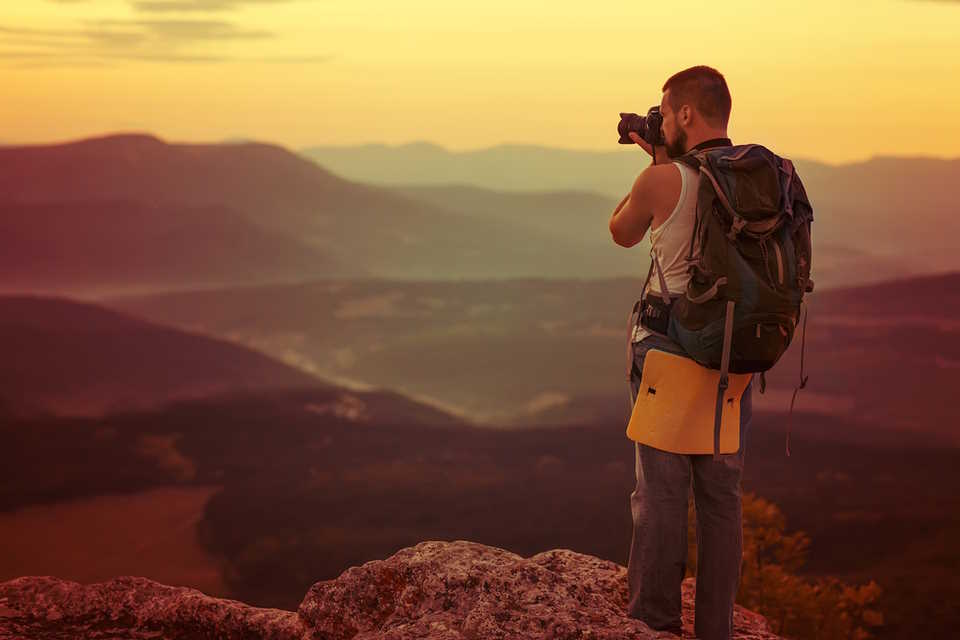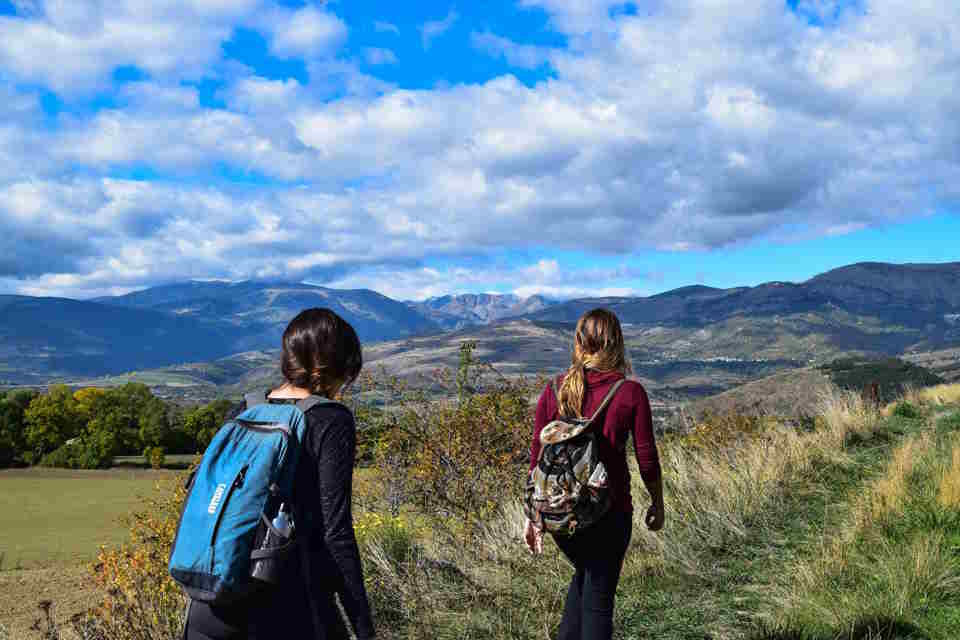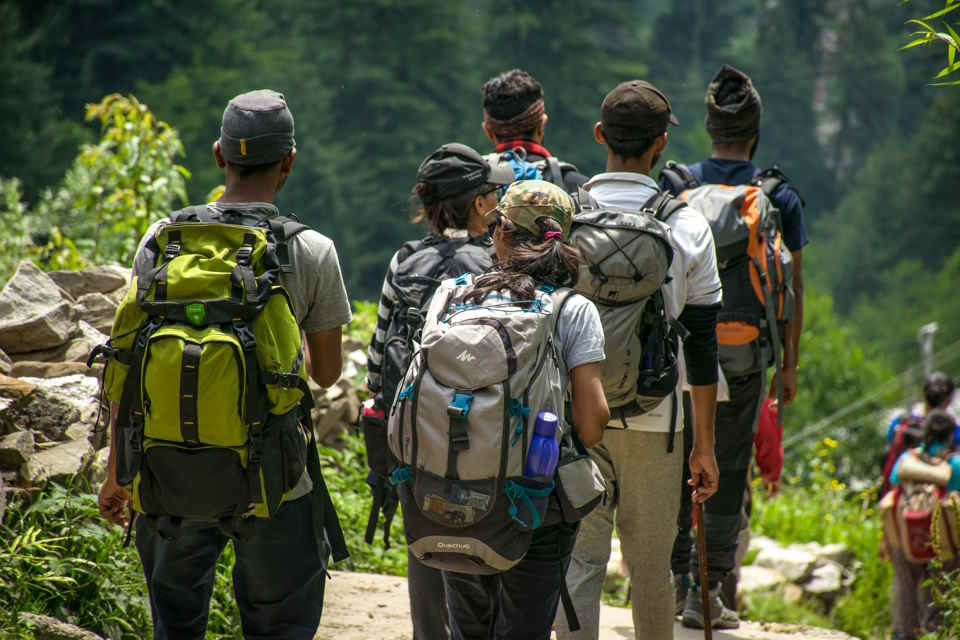Mountaineering is a thrilling and adventurous activity that tests the limits of human endurance against the unforgiving terrain of high altitude mountains. While it may be an exciting sport that offers amazing experiences and breathtaking views, it also comes with its fair share of risks and challenges. We will explore the dangers of mountaineering, the high risks involved, and why it is so addictive. Whether you’re a seasoned mountaineer or a curious adventurer, this will give you valuable insights to help you better understand the sport and make informed decisions while climbing. So, hold on tight, and let’s take a closer look at the fascinating and perilous world of mountaineering.
Introduction
Mountaineering is an exciting and adventurous activity that attracts enthusiasts from all around the globe. However, the question remains, is mountaineering dangerous? Well, the answer is yes, it can be. Mountaineering involves climbing mountains that are thousands of feet high with unpredictable weather conditions, rough terrains, and steep cliffs. It can be a risky activity that requires proper training, knowledge, and skills.
The dangers of mountaineering are numerous. Among them are altitude sickness, falls, avalanches, rockfalls, and extreme weather conditions such as blizzards, high winds, and freezing temperatures. Altitude sickness is a common danger when climbing mountains that are above 8,000 feet high. It can cause severe headache, nausea, vomiting, and even death if not treated immediately. Falls are also a common danger, especially when climbing steep cliffs and narrow ridges.
Mountaineers are also at risk of avalanches and rockfalls. Avalanches are a significant threat in snowy regions such as the Himalayas, Alps, and Andes. They can bury climbers under the snow, making it impossible for them to be rescued. Rockfalls, on the other hand, are common in rocky terrains and can be triggered by vibrations caused by climbers’ footsteps. Extreme weather conditions such as blizzards, high winds, and freezing temperatures can also be deadly to mountaineers.
So, what can you do to reduce the risks of mountaineering?
- First and foremost, get proper training and acquire the necessary skills and knowledge.
- Also, ensure that you have the appropriate gear and equipment.
- Plan your climb carefully and research the mountain’s weather conditions and route in advance.
- Finally, listen to your body and be aware of altitude sickness symptoms.
What Are the Dangers of Mountaineering?
You’ve probably heard that mountaineering is a dangerous sport. This is true to some extent. The mountains are an unpredictable environment and climbers face a number of risks. However, with proper preparation and planning, many of these risks can be mitigated.
1. Weather Conditions: One of the biggest dangers of mountaineering is the unpredictable weather. A clear sky can quickly turn into a storm. High winds, extreme cold, and low visibility can all make climbing difficult and dangerous. It is important for climbers to be aware of the weather conditions and to prepare accordingly.
2. Altitude Sickness: Climbing to high altitudes can cause altitude sickness. Symptoms such as headaches, nausea, and dizziness can occur when the body struggles to adjust to the thinner air at high altitudes. To prevent altitude sickness, climbers need to acclimatize slowly and stay hydrated.
3. Falls and Avalanches: Falling and avalanches are some of the most common causes of death in mountaineering. These dangers are particularly high when climbing on steep or unstable terrain. It is essential for climbers to use proper safety equipment and techniques, such as ropes and harnesses.
- Always plan your route ahead of time and make sure to communicate your plans to others
- Climb with a buddy or in a group
- Wear appropriate clothing and gear for the conditions
- Be prepared for emergencies and carry a first aid kit
| Danger | Risk Factors | Prevention |
|---|---|---|
| Weather Conditions | Unpredictable weather | Be aware of the weather conditions and prepare accordingly |
| Altitude Sickness | Climbing to high altitudes | Acclimatize slowly and stay hydrated |
| Falls and Avalanches | Steep or unstable terrain | Use proper safety equipment and techniques, such as ropes and harnesses |
Despite the risks, many climbers find mountaineering to be a thrilling and rewarding experience. By taking the appropriate precautions, climbers can limit the risks and safely enjoy this exciting pastime.
Is Mountain Climbing High Risk?
Mountaineering is a thrilling adventure that can be both exciting and risky. Whether you’re an amateur or a professional, you can never be fully prepared for everything that can happen on a climb. One of the most common questions that people ask when considering mountaineering is – Is mountain climbing high risk?
The answer is yes! Mountain climbing is one of the most high-risk adventure sports that exist. Climbers face multiple hazards that could lead to serious injury or death. Even the most experienced climbers are aware of the risks while they’re climbing steep peaks.
- Falls
- Avalanches
- Rock falls
All possible risks that they might have to face. However, with preparation, experience, and expertise, the risks can be minimized. With the right gear, training, and knowledge, it’s possible to reduce the probability of an accident occurring.
Preparation is key when it comes to mountaineering. The right preparation can reduce the risks significantly. Here’s what you need to do:
- Choose the right climb according to your level of expertise.
- Ensure that you have the right gear and apparel.
- Get a proper training done before embarking on your first climb.
- Be aware of the weather conditions and the terrain before you start the climb.
Despite the high risks, mountaineers still find themselves drawn to the mountains. The feeling of being on top of the world, the beauty of the landscape, and the sense of accomplishment of having successfully completed a challenging climb are all contributing factors. Above all, it’s the adrenaline rush that comes with this thrill sport that makes mountain climbing so addictive.
How Dangerous Is High Altitude Mountaineering?
High altitude mountaineering is one of the most adventurous and challenging activities that a person can undertake. It is a thrilling experience that not only tests the physical fitness but also the mental toughness of a person. Scaling high peaks of mountains at extremely high altitudes, however, comes with its own set of risks and challenges. In this blog post, we will discuss how dangerous high altitude mountaineering can be and what precautions one should take before embarking on such a trip.
One of the biggest risks of high altitude mountaineering is altitude sickness. When climbing at high altitudes, the body is exposed to less oxygen, which can lead to altitude sickness. The symptoms of altitude sickness can range from mild headaches and nausea to more severe health problems such as pulmonary edema or cerebral edema. One needs to be physically fit and acclimatized to the high altitude environment in order to minimize the risks of altitude sickness.
- Another danger that climbers face is the risk of falls.
- At high altitudes, the terrain can be extremely steep and rocky and one wrong step can lead to a fatal fall.
- Climbers need to be well equipped with the necessary gear and must use ropes, harnesses and other safety equipment to prevent falls.
Moreover, high altitude mountaineering is also affected by unpredictable weather conditions. The weather can change suddenly and without warning. Climbers need to be prepared for extremely cold temperatures, wind, snow and ice. Any change in weather can significantly impact the climb, making it much more dangerous. It is essential to have a well-planned itinerary to tackle any such situation.
| Precautions to Take for High Altitude Mountaineering | |
|---|---|
| 1. Proper acclimatization | When climbing at high altitudes, it is important to acclimatize properly to the environment before attempting to climb higher |
| 2. Carry necessary gear and equipment | Climbers need to carry the necessary gear and equipment such as ropes, harnesses, ice axes, crampons, helmets, and clothing designed for high altitude environments |
| 3. Stay aware of weather conditions | Having a well-planned itinerary and staying updated on the weather conditions is important to tackle any emergencies during the climb |
| 4. Physical Preparation | Climbing at high altitudes requires a certain level of physical fitness. Daily exercise, strength and endurance training can help prepare for high altitude mountaineering |
High altitude mountaineering is an extremely risky activity. It requires not only physical fitness but also mental toughness, proper planning, and preparation. Despite all the risks, the sheer adrenaline rush and the satisfaction of summitting a peak makes it an addictive activity that continues to attract adventure enthusiasts from all over the world.
Why Is Mountaineering So Addictive?
Mountaineering is a highly challenging and demanding outdoor activity. It involves taking on difficult terrains, enduring harsh weather conditions, and pushing oneself to the limit. Despite the risk involved, many individuals find themselves drawn to this adventure sport. This begs the question, why is mountaineering so addictive?
- A Sense of Accomplishment: Mountaineers often feel a strong sense of accomplishment upon summiting a peak. This achievement can be incredibly satisfying and motivating, driving them to seek out new challenges and push themselves even further.
- An Escape from Reality: For many, mountaineering provides a chance to escape the stresses and distractions of daily life. Being out in nature and far away from civilization can be incredibly refreshing and rejuvenating.
- A Sense of Community: Mountaineering has a tight-knit community of individuals who share a passion for the sport. The shared experience of tackling difficult routes and enduring hardships creates a strong sense of camaraderie and support.
Despite the many benefits of mountaineering, it is important to acknowledge the inherent risks and take necessary precautions to ensure safety. Adequate preparation and training are essential for any mountaineering expedition. Ultimately, it is up to the individual to weigh the risks and rewards and determine if mountaineering is the right choice for them.










